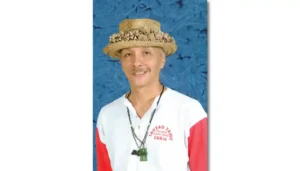
Frank Rabon
Francisco “Frank” Rabon (1954 – ) is the founder and director of the Taotao Tano’ Cultural Dancers, whose name is synonymous with cultural dance practices

Francisco “Frank” Rabon (1954 – ) is the founder and director of the Taotao Tano’ Cultural Dancers, whose name is synonymous with cultural dance practices
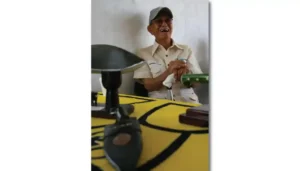
Joaquin Flores Lujan (1920-2015), commonly known as “Tun Jack” and “Kin Bitud” to family and friends, is part of a legacy of more than 100
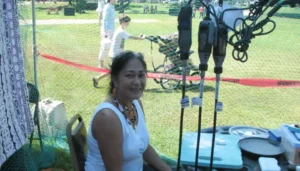
Julie “Jill” Quichocho Benavente (1958 – ) is a traditional and contemporary Chamorro body ornamentation artist. Benavente carves fine jewelry from local materials such as
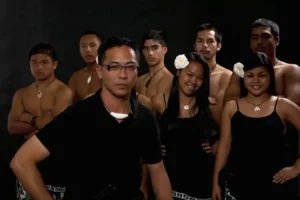
Vincent J.C. Reyes, a Master of CHamoru dance, serves as Director of the Inetnon Gefpå’go Cultural Arts Program. Reyes, the son of Vicente (Ben) T.
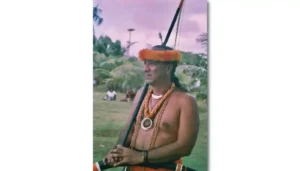
Leonard Iriarte (Familian Yåyi) is an educator (fafa’nå’gue) and an oral historian for the I Fanlalai’an Oral History Project.
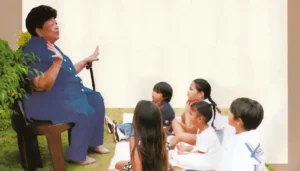
Clotilde “Ding” Castro Gould (1930-2002) was a beloved storyteller, educator and advocate for Chamorro language and culture. Through her sense of humor and gift for
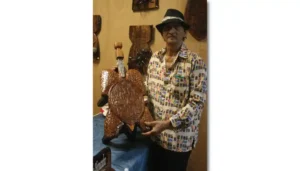
Robert Phillip Taitano (1938 – 2022) was an established woodcarver who specializes in crafting art works, furniture and other decorative pieces from local hardwood. A
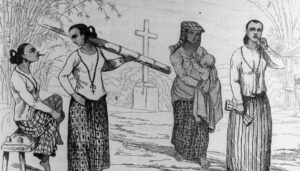
CHamoru women have a legacy of leadership that helped keep the culture and history of their people alive. The earliest accounts of ancient CHamoru society
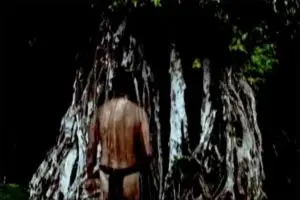
The Chamorro/CHamoru word mo’na points to the idea that the CHamoru cosmology, in particular during the ancient period of Marianas history, was a circular one
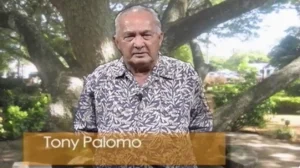
Proverbs are popular sayings, phrases of wisdom, or simply a piece of advice. Proverbs express a people’s basic beliefs and values. CHamoru proverbs are often